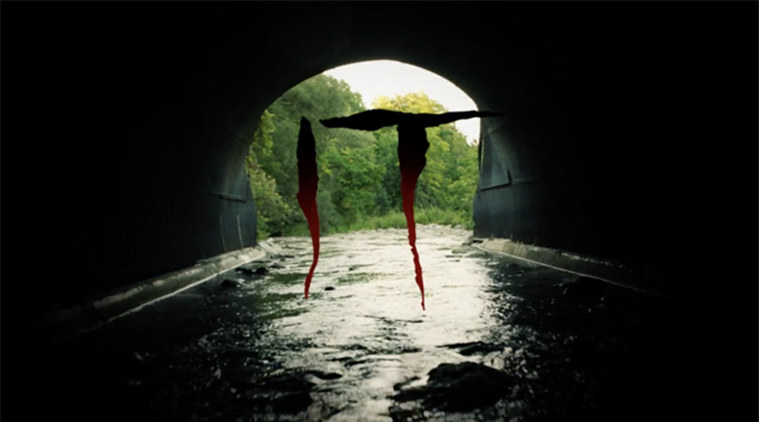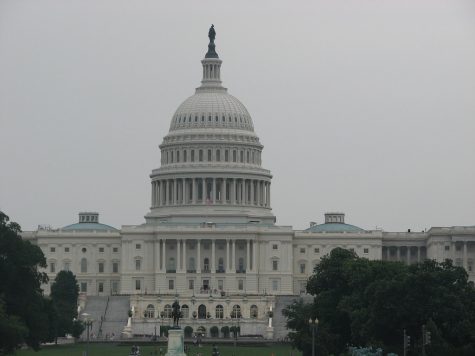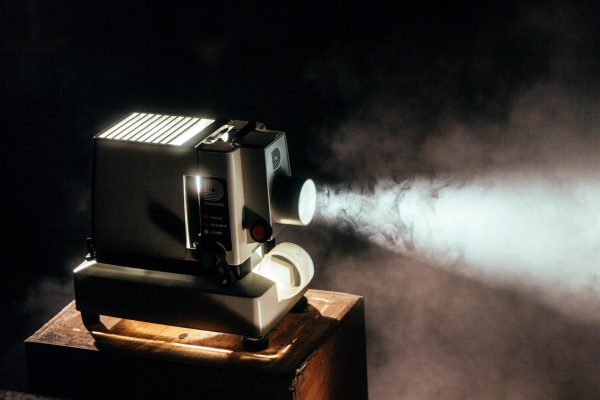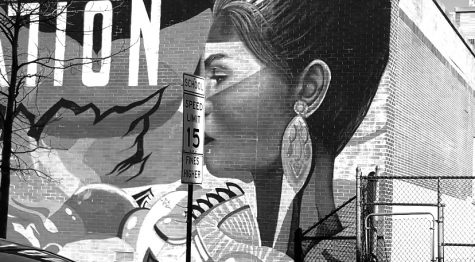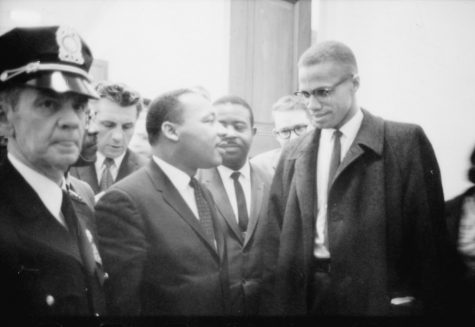Does “It” Do the Book Justice?
September 28, 2017
In 1986, author Stephen King published “It,” which introduced to the science-fiction community seven tenacious teenagers nicknamed The Losers Club, who faced off against a child-killing, shape-shifting clown named Pennywise (or, as the kids call him, It), an evil being that has been infesting their hometown of Derry, Maine every twenty seven years. The tiny town from Maine that is Derry had made several appearances in earlier King novels, including “Pet Cemetery” and “The Body,” a novella which served as the source material for the famous film “Stand By Me.” However, it was “It” that introduced science-fiction lovers to the incredibly dark and spine-chilling writing of Stephen King that has defined his career.
With King’s mammoth of a novel sitting over a thousand pages, the in-depth details of Derry’s mournful days are spread out across multiple time periods. But, as with so many film adaptations of classic novels, not everything in the book makes the final cut ( The1990’s “It” TV mini-series, which clocks in at exactly three hours and twelve minutes, doesn’t encompass everything King crammed into his epic novel). The 2017 version of It is no exception. Spoilers aplenty from here on out, so readers beware!
The most iconic aspects of the novel, “It” is Pennywise’s ability to transform into each child’s specific fear. With the kids in the novel growing up during the heyday of the monster craze that defined the 1980’s, Pennywise takes on the shape of some of the most iconic movie monsters of all-time, including The Mummy, The Wolfman, and The Creature From the Black Lagoon.
While it might have been very enjoyable and, to a certain extent, a unique kind of nostalgia to see Pennywise take on some iconic monsters from the 1980s, only Eddie’s germ-ridden leper actually makes the cut. Bill, of course, is haunted by Georgie, but Mike doesn’t see a giant bird, and Stan doesn’t see drowned children. Richie’s werewolf is essentially gone (it makes a small appearance in the movie), and while the film shows the iconic Paul Bunyan statue, it doesn’t come to life as it does in the novel. Still, the film does update Beverly’s iconic bloody sink scene, making it even more sinister and gruesome than words on paper could have ever made it, making it my favorite scene in the movie.
The evil, sadistic Henry Bowers and his gang of bullies still roam the streets of the cinematic version of Derry, but there are a few notable deviations the filmmakers take that add a new spin to the film. Henry still has it out for Ben, and although the film is over two hours long, it still doesn’t quite capture how much of a constant threat Henry is for the Losers Club in the book. Henry pops up every now and then (the iconic rock fight still happens), but the film definitely uses its time to establish Pennywise as a constant threat instead, which certainly isn’t a bad thing, and actually serves to make the form more cohesive and less watered down in its storytelling.
Despite this reduced presence, Henry’s character adaptation in the film is still fairly close to the book, and while his father has been upgraded to an abusive policeman, rather than a farmer, Henry still gets his revenge courtesy of a gift wrapped knife from Pennywise himself. One major exception, which will likely be addressed in the sequel, is that Henry seems to meet his demise during the film’s final showdown with Pennywise in the sewer. Patrick Hockstetter, one of Henry’s friends, also appears in the film, but he meets his end early on in the sewers, without any hint of his terrifying serial killer behavior that is described so chillingly in the book that I wish was addressed a little more in the movie.
One of the things that I found to be a weakness of the film from someone who has also read the novel is the movie’s adaptation of Beverly. The film turns Bev into this sort of damsel-in-distress, with the filmmakers having Pennywise kidnap her as a means of luring the Losers into his lair. Bev does in fact observe the deadlights and floats in a catatonic state like the novel, but the tension built in the scene is destroyed when a kiss from Ben wakes her up. It’s a cheap ploy that stands out as one of the film’s few glaring mistakes. Bev was always brave enough to go into the sewers — she didn’t need to be taken there as bait.
Bev’s uncomfortable relationship with her father is very much present throughout the film, although it weighs heavily on the creepy, inappropriate overtones of their relationship and skips the violently abusive aspect of the relationship described in the book. It will be interesting to see how the sequel deals with Bev’s abusive marriage as an adult, or if this will also be changed going forward.
Still, despite the changes, the 2017 version of It nails the execution of adapting King’s classic to the big screen, and I believe it safe to say that it certainly lived up to the hype.



